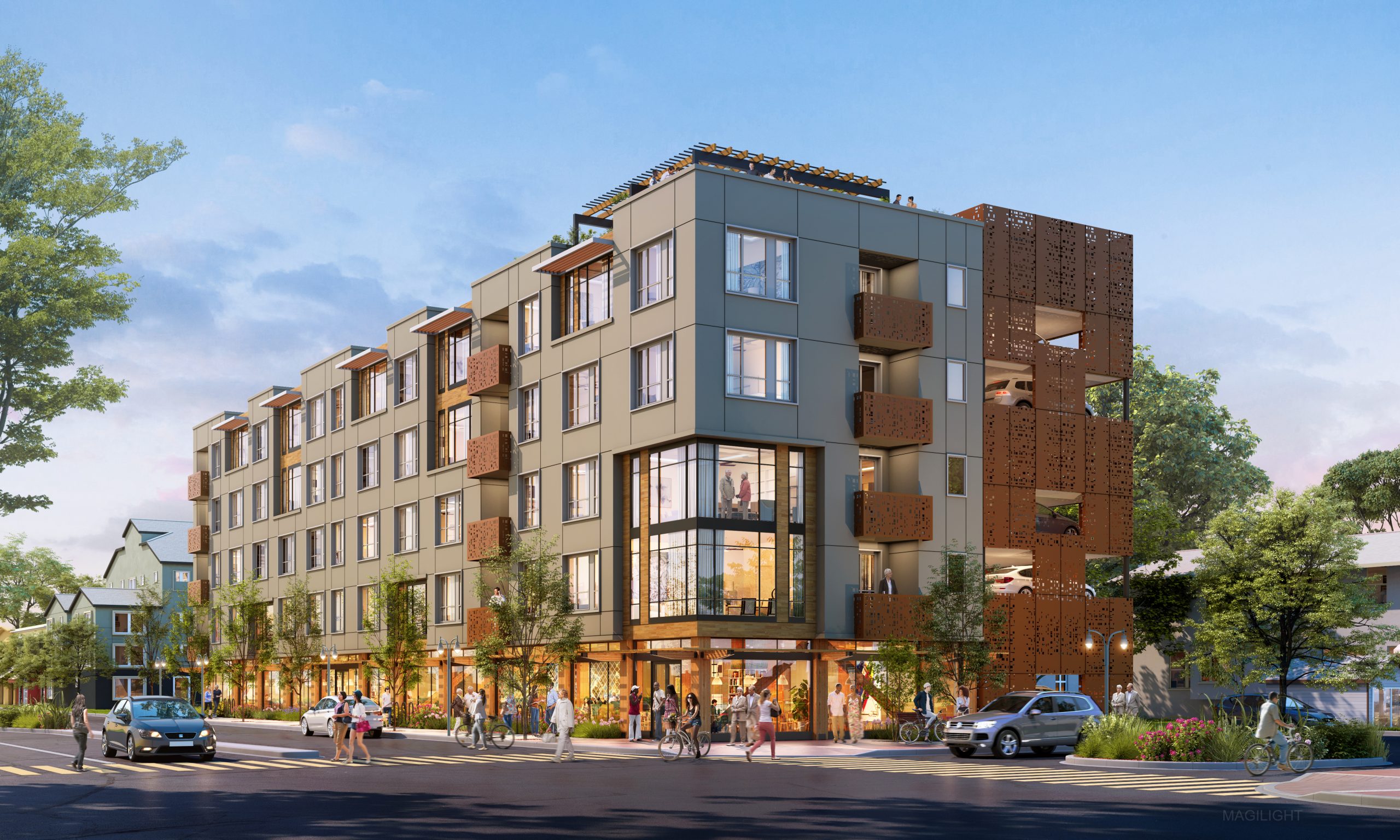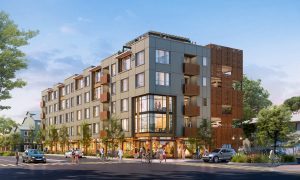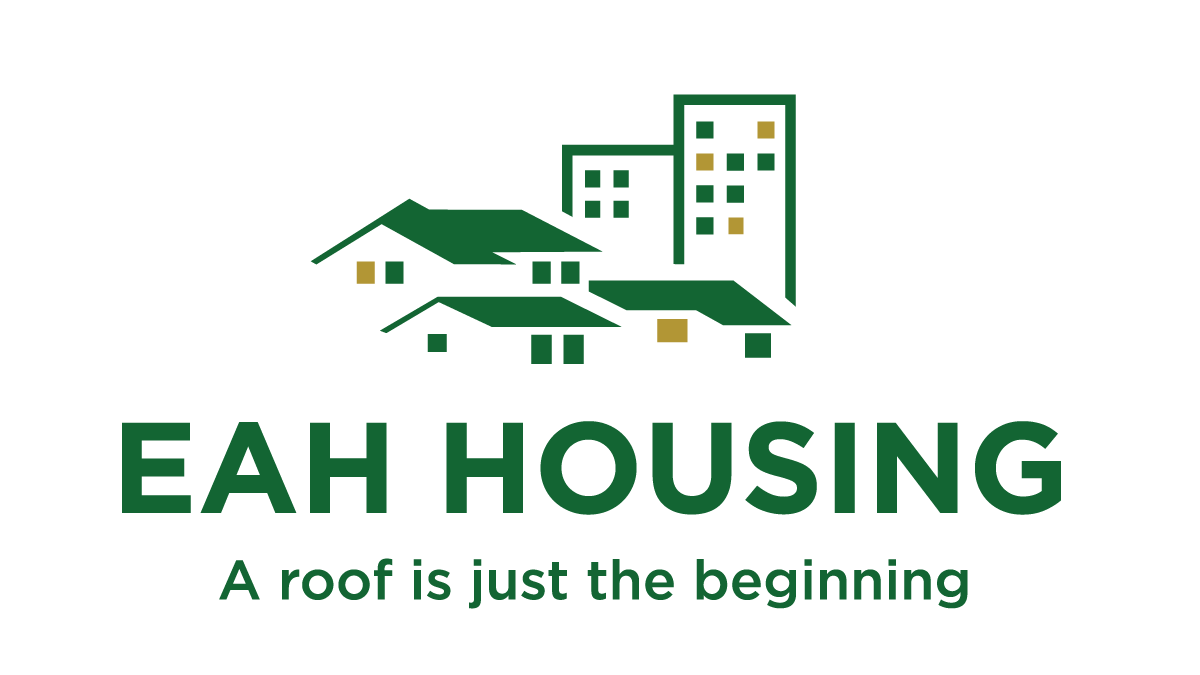
By: Eleanor Laise
MarketWatch
There are intergenerational places in America where octogenarians can help 8-year-olds with their math homework, residents of all ages can eat meals together, and neighbors can help care for a resident who might otherwise be in a nursing home.
May 24, 2022 – It’s a warm spring Monday in Easthampton, Mass., and from the front porch of her townhome in the Treehouse intergenerational community, Sue Brow can see several neighbors’ well-kept gardens in bloom. Brow, 60, has helped plant the garden of one neighbor who was ill, and she’s pitching in to grow tomatoes on another neighbor’s patio. Later in the afternoon, residents gather to play games in a communal building. Brow’s 16-year-old son helps take out the older neighbors’ trash, and in their living room sits a birdhouse he just painted at a community celebration attended by residents and friends ranging in age from three to 83.
In her four years living at Treehouse, a community designed to bring together seniors with families who are fostering or adopting children, Brow has held the hand of a dying neighbor and received an outpouring of community support during a serious months-long illness of her own. She has also raised her adopted son with the help of dozens of fellow residents who live within a few minutes’ walk along the horseshoe-shaped street that forms the neighborhood’s backbone. “I don’t know what I would have done” without that support, says Brow. The community has “really helped me so much.”
So long, gated retirement enclaves, putting greens and pickleball. As America enters an era of unprecedented age diversity, new designs for intergenerational communities are taking shape across the country, intentionally weaving together the lives of older and younger residents and breaking down barriers that have segregated elders in traditional senior housing.
In these new communities, octogenarians can help 8-year-olds with their math homework after school, residents of all ages can prepare and eat meals together, and neighbors can take turns caring for a sick resident who might otherwise wind up in a nursing home.
Instead of sprawling suburban houses with expansive lawns, the communities often feature smaller, age-friendly dwellings tightly clustered around shared green spaces. Many include community gardens and common buildings where older and younger residents can work and play side by side.
The trend is not so much a new idea as the resurrection of a very old one. “Multiple generations living close by and looking out for each other is possibly the oldest of all human ideas,” says Dr. Bill Thomas, a geriatrician who last year announced the launch of new, intergenerational Kallimos Communities. But “if you look at America’s romance with age segregation,” he says, as evidenced by the proliferation of seniors-only retirement communities, “it passes for a new idea, given our history.”
Indeed, the intergenerational communities popping up across America are among the Best New Ideas in Retirement. In addition to Kallimos, which plans to open its first community in Loveland, Colo., next year, other intergenerational communities in the works include Regenerative Communities, spearheaded by hospitality entrepreneur Chip Conley; Agrihood, designed around an urban farm in Santa Clara, Calif.; and 4300 San Pablo, an Emeryville, Calif., community designed for seniors and young adults who are aging out of the foster care system.
More established intergenerational communities that combine senior housing with homes for families who are fostering or have adopted children, including Treehouse and Bridge Meadows in Oregon, are now replicating their model in new locations. Generations of Hope, a nonprofit organization that helped pioneer the model, is now consulting on about a dozen more such communities, says Tom Berkshire, president and CEO.
These communities are springing up at a time when COVID-19 has spotlighted the pivotal role they can play in society, aging experts say. During the pandemic, it was “truly heartbreaking and horrifying how all these ways we’ve separated people—including by age—left us ill-prepared to deal with a crisis of this magnitude,” says Marc Freedman, president and CEO of Encore.org, a nonprofit focused on intergenerational connection.
Isolation proved devastating not only for seniors in locked-down facilities but also younger people stuck taking Zoom classes in their bedrooms, says Bob Kramer, cofounder and strategic adviser for the National Investment Center for Seniors Housing and Care. Now, when he teaches college students about the impact of isolation, he says, “for the first time, 22-year-olds I’m speaking to can empathize with what I’m talking about.”
New intergenerational communities also fit well with current demographic shifts toward age diversity and solo aging, experts say. The U.S. Census Bureau last year released its first-ever report on childless older adults, finding that 16.5% of adults 55 and older have no children, a level that’s expected to increase over time.
Intergenerational communities reflect efforts “not just to remake housing but to reinvent the notion of what a family is,” Freedman says. Those efforts come as the U.S. reaches a new milestone in age diversity, with the population roughly evenly distributed across chronological ages through the mid-70s, according to a recent study from the Stanford Center on Longevity. That’s a sharp contrast with the turn of the 20th century, according to the study, when 44% of the U.S. population was under 20, and just 6% was over 60. “The demography of America is changing faster than the financiers and developers of housing are willing to change,” Thomas says. Housing that was developed for a much younger population, he says, is “increasingly out of sync with who we really are.”
Many of the new intergenerational communities are designed to be accessible both physically and financially. About half of the 120 units in Kallimos’s Loveland, Colo., community will be below market rate, and most of the units will be designed for aging in place, says Chief Operating Officer Megan Marama. Age-friendly design features don’t have to mean that everyone has grab bars next to their tubs and toilets, Thomas says. Instead, the homes will have “adaptable” design, he says, meaning, for example, that safety rails can be installed and removed quickly and easily, and essentials like the kitchen, bathroom and bedroom will be on one floor.
Other design features are intended to forge neighborly bonds. The Kallimos homes will be “really close together, even shockingly so, from a suburban American standard,” Thomas says. “It’s the closeness that allows you to know your neighbor.” Each neighborhood of 50 to 60 units will have several common houses that offer space for communal cooking and eating, a wellness clinic and social events, Marama says. An on-site staff member will be a designated “weaver” whose job is to connect neighbors in ways that can help meet their needs, whether it’s a single mom who needs a neighbor to watch her kid, or a person with dementia who can contribute by working in the community garden, she says.
Community gardens or farms are prominent features in several of the planned communities, underscoring a focus on purpose and connection rather than leisure. “Instead of living facing a fairway, you can live facing a farm,” says Conley. His Modern Elder Academy, which offers workshops on finding purpose in midlife, is building its first Regenerative Community around a farm in Baja California Sur, Mexico, and planning another community around a ranch in Santa Fe, N.M.
 In some cases, policy changes are paving the way for new intergenerational communities. A California law passed last year makes it easier for intergenerational housing developments to take advantage of tax credits and other incentives. After that law’s passage, the Emeryville, Calif., 4300 San Pablo project was transformed from a seniors-only housing proposal to a community that will house seniors alongside 18- to 25-year-olds who have aged out of the foster care system, says Welton Jordan, chief real estate development officer at EAH Housing, the affordable housing nonprofit developing the community. Senior residents must be 62 and older and make less than 60% of the area median income, and rents will range from roughly $500 to $1850 a month, Jordan says. On-site staff will help coordinate resident activities and connect residents with local services such as job training and financial literacy programs.
In some cases, policy changes are paving the way for new intergenerational communities. A California law passed last year makes it easier for intergenerational housing developments to take advantage of tax credits and other incentives. After that law’s passage, the Emeryville, Calif., 4300 San Pablo project was transformed from a seniors-only housing proposal to a community that will house seniors alongside 18- to 25-year-olds who have aged out of the foster care system, says Welton Jordan, chief real estate development officer at EAH Housing, the affordable housing nonprofit developing the community. Senior residents must be 62 and older and make less than 60% of the area median income, and rents will range from roughly $500 to $1850 a month, Jordan says. On-site staff will help coordinate resident activities and connect residents with local services such as job training and financial literacy programs.
Pandemic-related funding has also helped fuel the expansion of some communities. The Treehouse Foundation was recently awarded $2 million in American Rescue Plan Act funding to help expand its model in other parts of the state, says CEO Judy Cockerton. The group plans to build a new community in Boston, she says, over the next few years.
But in many areas, intergenerational communities still have to overcome policy hurdles, experts say. “There is siloed funding for senior housing, siloed funding for family housing, and you can’t really mix those together,” says Derenda Schubert, executive director of Bridge Meadows, which now operates three communities in Oregon and has a fourth in the works. Policy, she says, should “match what’s going on in the population.”
Residents who have spent years living in intergenerational communities say the physical and emotional health benefits are clear.
Holly Handfield, 72, moved to the Treehouse community about 15 years ago, she says, in part because she had always been surrounded by children—having raised four kids on her own—and knew that she wanted that interaction to continue. A couple of years after she moved in, two grandsons unexpectedly came to live with her. “Being in this community helped me be able to help them,” she says, as Treehouse social workers helped the kids through the transition, and the grandsons “gained a whole new family of friends by living here with me.” Meanwhile, she says, she also found time to teach other kids in the community about art and cooking and to help out in the community café. Having worked in a senior center, she says, she realized that “the best people for older people to have interaction with are children. It’s what keeps you going.”
During the pandemic, Cockerton says, Treehouse raised money to ensure that residents had the phones, tablets and laptops they needed to stay connected and knew how to use them. The community held a “porch fest,” a sort of front-porch talent show, she says, as well as outdoor socially distanced dance jams.
“We all check on each other,” Handfield says. During the pandemic, she says, “I don’t think anybody had a chance to feel isolated.”
Read full story HERE.

